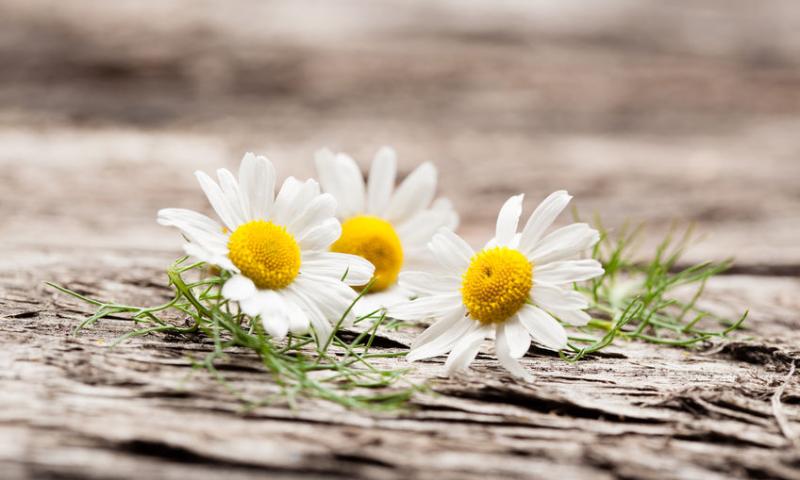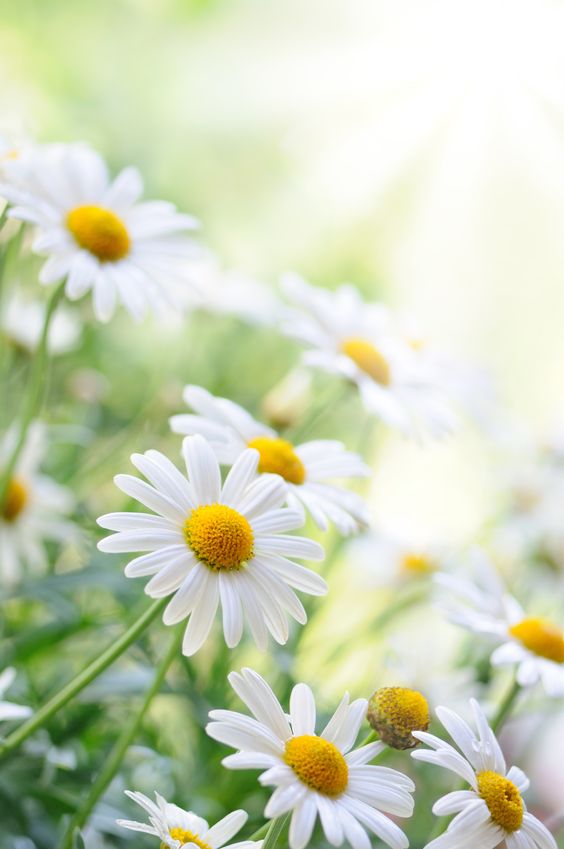 />
/>
LATIN NAME: Matricaria Recutita
FAMILY: Asteraceae
GENUS: Matricaria
COMMON NAMES: Italian camomilla, German chamomile, Hungarian chamomile (kamilla), wild chamomile or scented mayweed
DISTRIBUTION AREA: Eurasia and North America
 BOTANICAL INFORMATION
BOTANICAL INFORMATION
Chamomile is an annual herbaceous plant with a strong specific odor. Root is stalky, slightly branched, of light brown color. Stem is erect, of 15 to 60 cm high, usually branched from the base, less often simple, ribbed-grooved. The leaves are alternate, sessile, broadened at the base, lanceolate or ovate in general, from15 to 60 mm long, from 5 to 18 mm wide. Inflorescences are conical baskets with a diameter of up to 25 mm.
CHEMICAL COMPOSITION
The greatest concentration of valuable chemical compounds is observed in flowers of chamomile:
- coumarin compounds
- bioflavonoids (apigenin, luteolin, minor amounts of quercetin)
- compounds of polyols
- salicylic, caprylic, antimisic organic acid
- phytosterol
- vitamins (ascorbic, nicotinic acids)
- carotene
- polysaccharide compounds
- protein, tannins
- bitterness, gum, mucus
CHAMOMILE TINCTURE RECIPE
Pour 500 ml of vodka over 100 gr of chamomile flowers, infuse for 10-14 days in a dark, cool place, shaking daily. When ready, strain the tincture and bottle in small vessels from dark glass. This tincture helps to reduce the unpleasant symptoms of gastritis, ulcers or colitis. Take 15-20 drops 3 times a day before each meal.
“Nowadays, people are so jeezled up. If they took some chamomile tea and spent more time rocking on the porch in the evening listening to the liquid song of the hermit thrush, they might enjoy life more”
Tasha Tudor
*This article is for informational purposes only. We suggest consulting with a physician before using these or any other herbal supplements.
